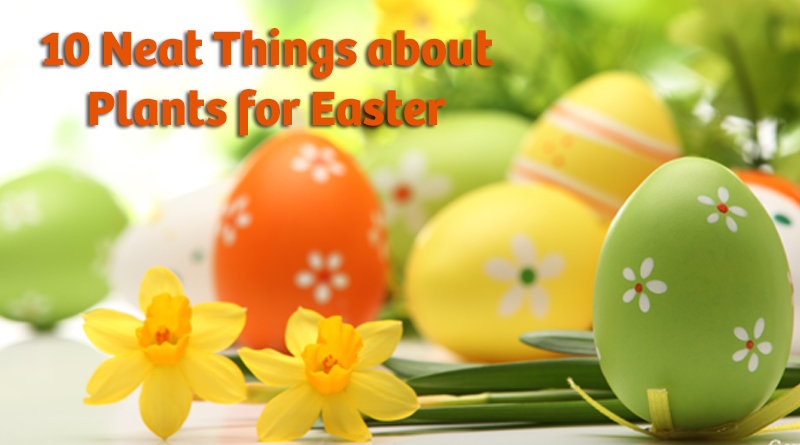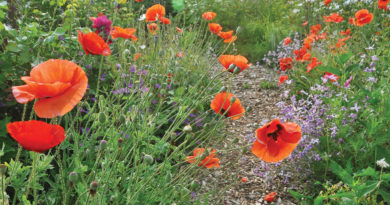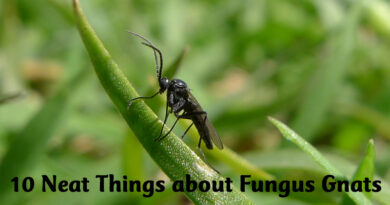About Flowers for Easter
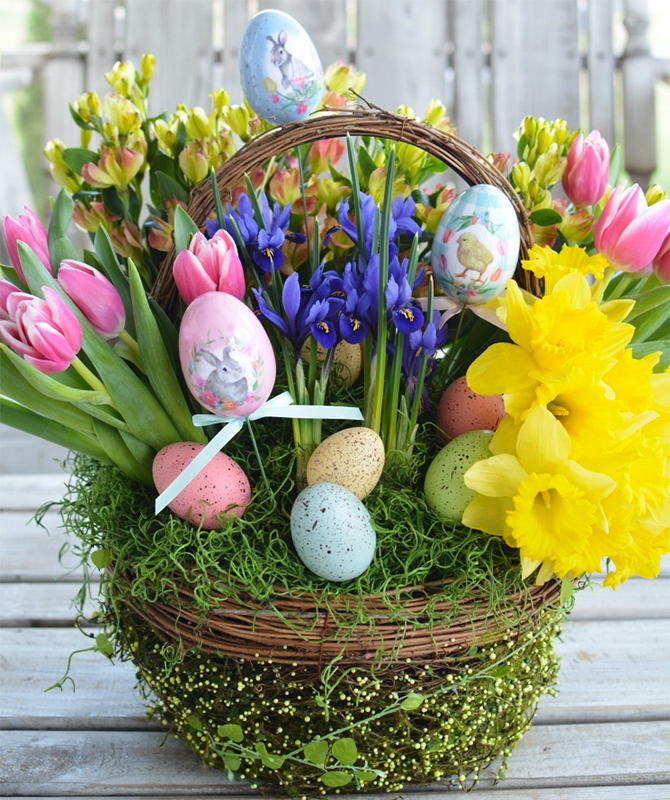
1. Easter flowers.
Some of the plants and flowers associated with Easter are simply early spring flowers, like potted hydrangeas, while others have attributes that are associated with details of the Easter story, sometimes only quite recently and possibly by florists hoping to inspire more fervent commerce. Of course, in a land where Easter often comes before snow has departed, traditions of Easter flowers are generally borrowed from other countries.
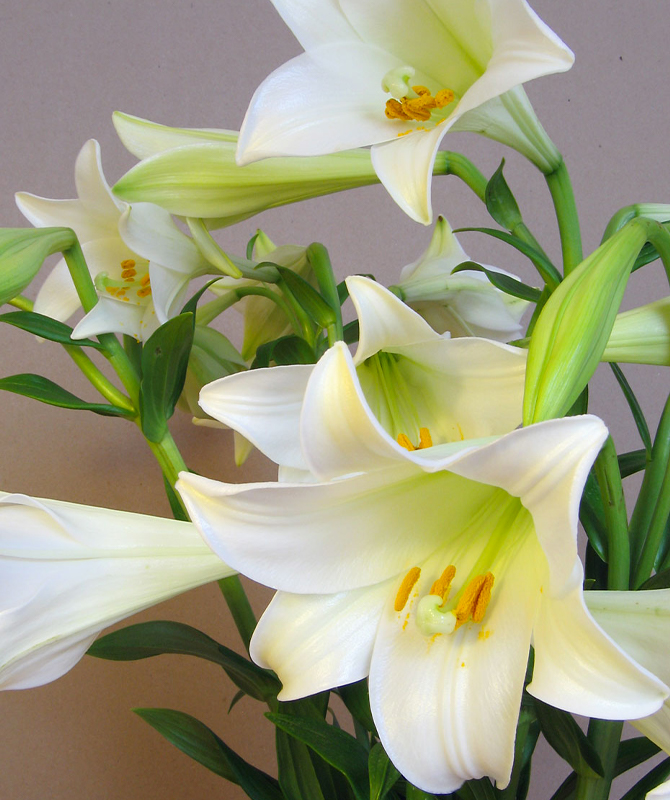
2. Easter lily 1.
The flower you call Easter lily depends on your background. In North America, it’s typically the Lilium longiflorum — the giant trumpet-shaped nodding white lilies. This plant is native to the Ryukyu Islands of southernmost Japan, near the Tropic of Cancer. L. longiflorum became quite popular in North America in the early 20th century, with a thriving bulb industry in the Bermuda. After disease destroyed Bermudan crops, trade in the bulbs returned to Japan, until the attack on Pearl Harbour cut off supplies altogether. At that point, L. longiflorum bulbs became rare and very expensive.
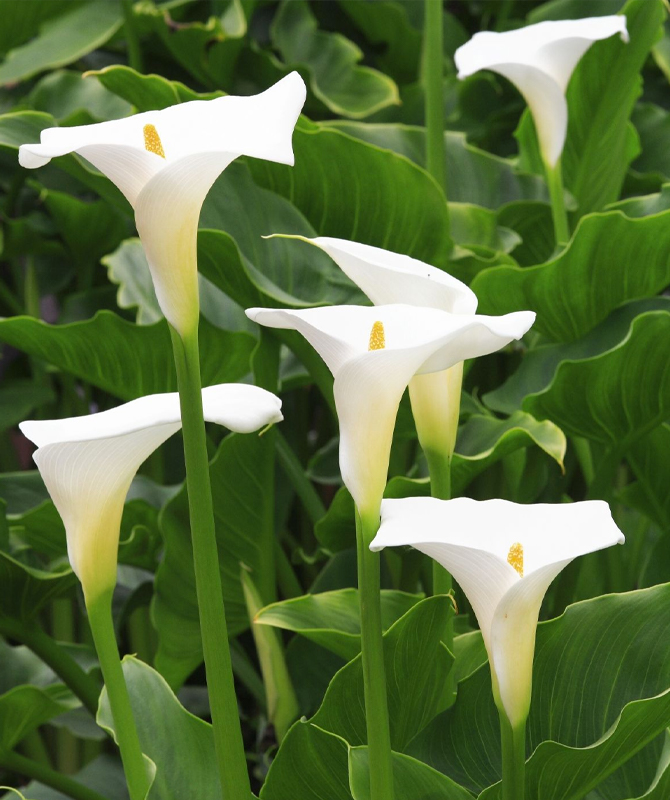
3. Easter lily 2.
White calla lilies (Zantedeschia) are sometimes called Easter lilies, particularly by Irish republicans. The flower has become a symbol of remembrance for those who died in the Easter Rising of 1916. Starting in 1926, white callas made of paper were sold as badges outside churches on Easter weekend, affixed to the lapel with straight pins, not unlike our Remembrance Day poppies.
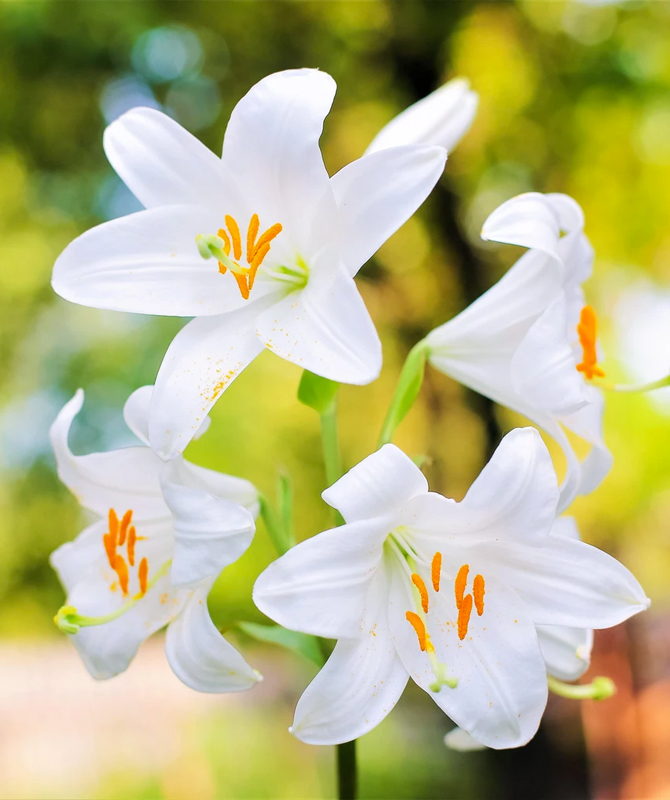
4. Easter lily 3.
The Madonna lily (Lilium candidum), native to the Balkans, is another candidate for the name Easter lily. It has the longest association with Christian traditions (not surprising, considering the Japanese origin of L. longiflorum and the African origin of Zantedeschia, areas without long Christian traditions). The Virgin Mary in Medieval paintings was often depicted holding them.

5. Daffodil 1.
There is a legend repeated by some that the daffodil (Narcissus) first appeared at Gethsemane during the Last Supper. If it’s true, apparently it was a different species than the narcissus that inspired the myth of the Greek mortal who fell in love with his own reflection. Even given that few modern people believe in Greek myths, it’s pretty clear that the Narcissus myth predates the Last Supper.
6. Daffodil 2.
German for daffodil is Osterglocken — which translates as Easter bells. In England, they’re sometimes called Lenten lilies. It is tempting to presume that daffodils get their Easter association strictly through timing, but there may be more to it than that: the Druids revered the daffodil as a symbol of purity.
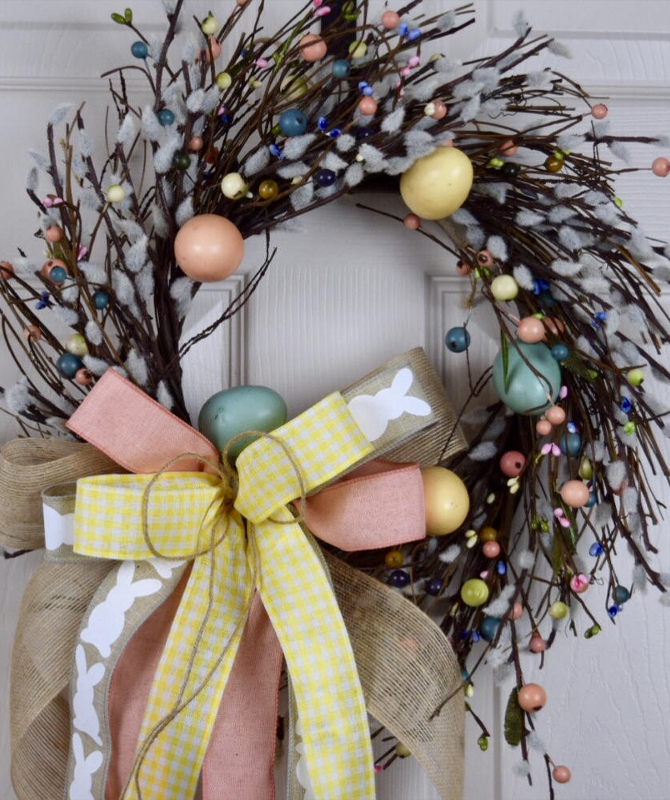
7. Pussy willow.
Pussy willows hold Easter significance in northern countries, where they are used in place of palm fronds on Palm Sunday. In Slavic traditions, pussy willow switches are also commonly formed into a poml ázka, a whip used by boys on Easter Monday to whip the shins of girls they like.
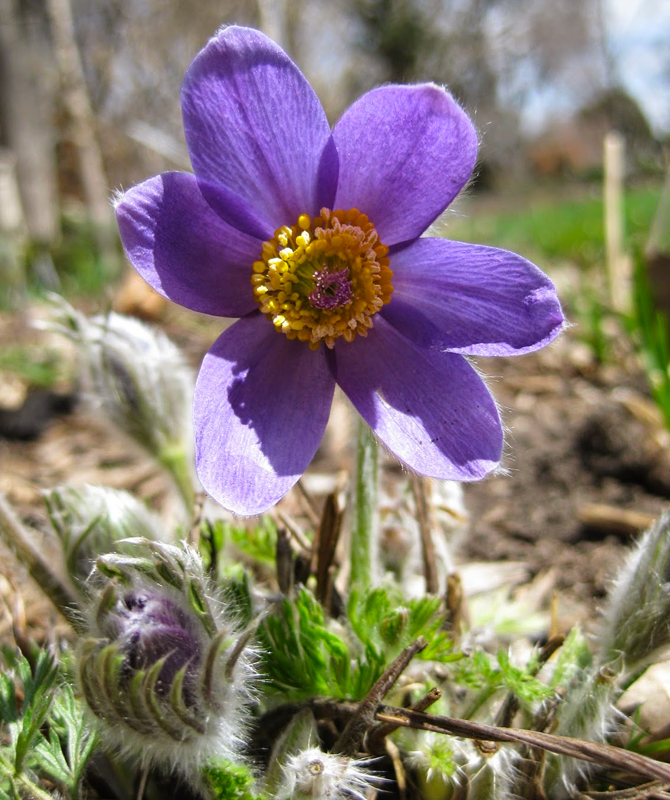
8. Pasqueflower.
The Pasqueflower (Pulsatilla) is named for its early blooming, “pasque” being related to the name for Easter in several of the Romance languages. This would seem to be the flower best poised to take on special Easter significance in Canada—after all, the prairie crocus, which is the floral emblem of Manitoba, is in fact Pulsatilla. Nonetheless, Pasqueflower has never gained any foothold as a symbol of Easter, possibly because it does not make a good cut flower. (Without the florists behind it, the plant doesn’t have much of a chance!)
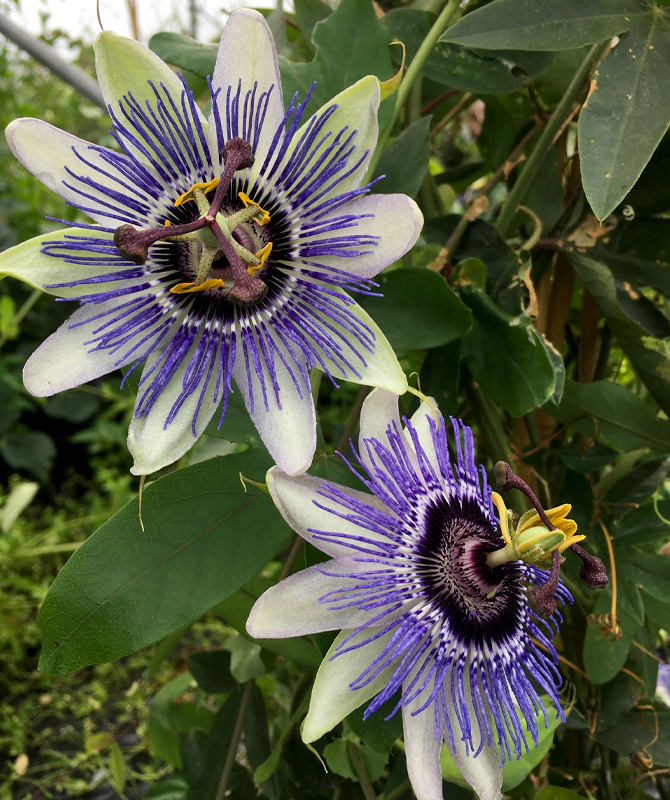
9. Passionflower.
Passionflower vine (Passiflora) is not native to Europe and it blooms in summer, not at Easter, but when it arrived in 15th-century Spain, it was quickly adopted as a Christian emblem. The pointy leaves represent the spear Jesus was wounded with; the tendrils represent the whips with which He was beaten; the three black stigmata are the three nails; the five anthers represent the five wounds; the 10 petals are the 10 faithful apostles (Judas, who betrayed, and St. Peter, who denied, aren’t counted); and the filaments surrounding the stigmata and anthers represent the crown of thorns.

10. Eggplant.
Eggplants are never made of chocolate and do not bloom or fruit until long after Easter, but it would be a cheat to do a Nine Neat Things newsletter. So, as a nod to secular Easter celebrations, here are a couple of neat things about eggplant. Eggplants are, botanically, berries. Wild eggplant fruits are about an inch in diameter. Along with tomatoes, potatoes and tobacco, eggplants belong to the deadly nightshade family, Solonaceae, so don’t eat the leaves. Happy egg hunting!
-Shauna Dobbie Copyright©
Pegasus Publications Inc.
You can download a printable copy of 10 Neat Things about Flowers for Easter, just click here.

